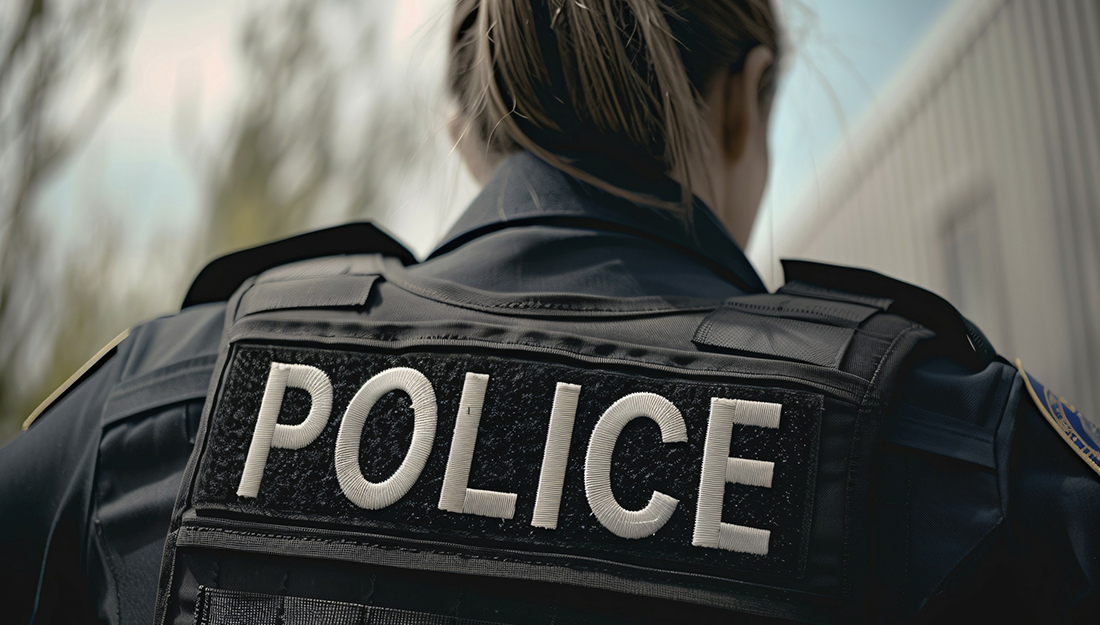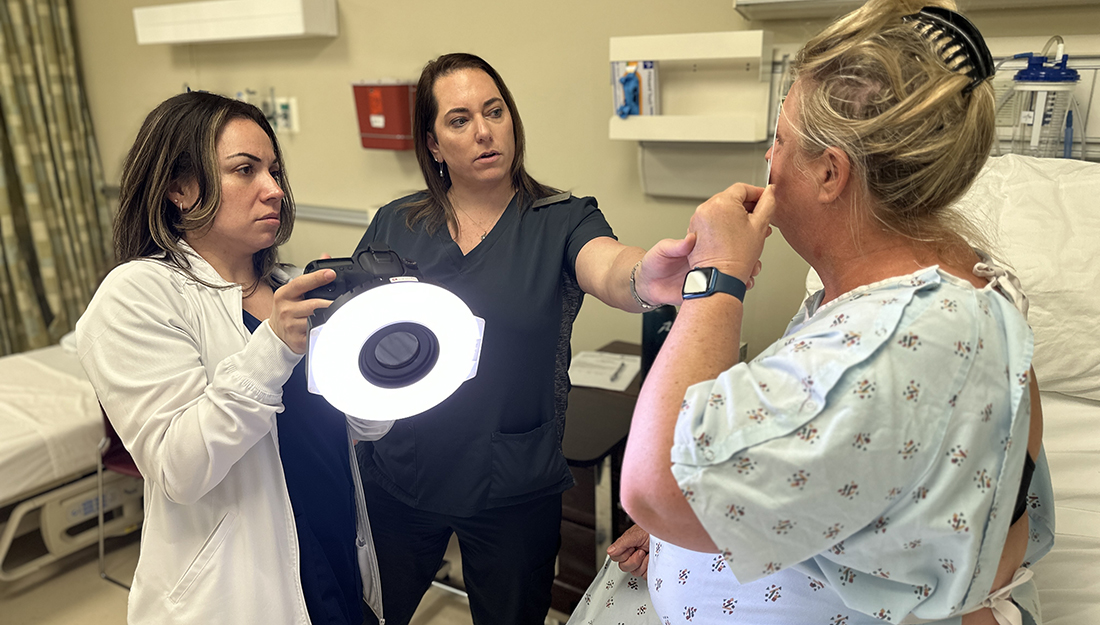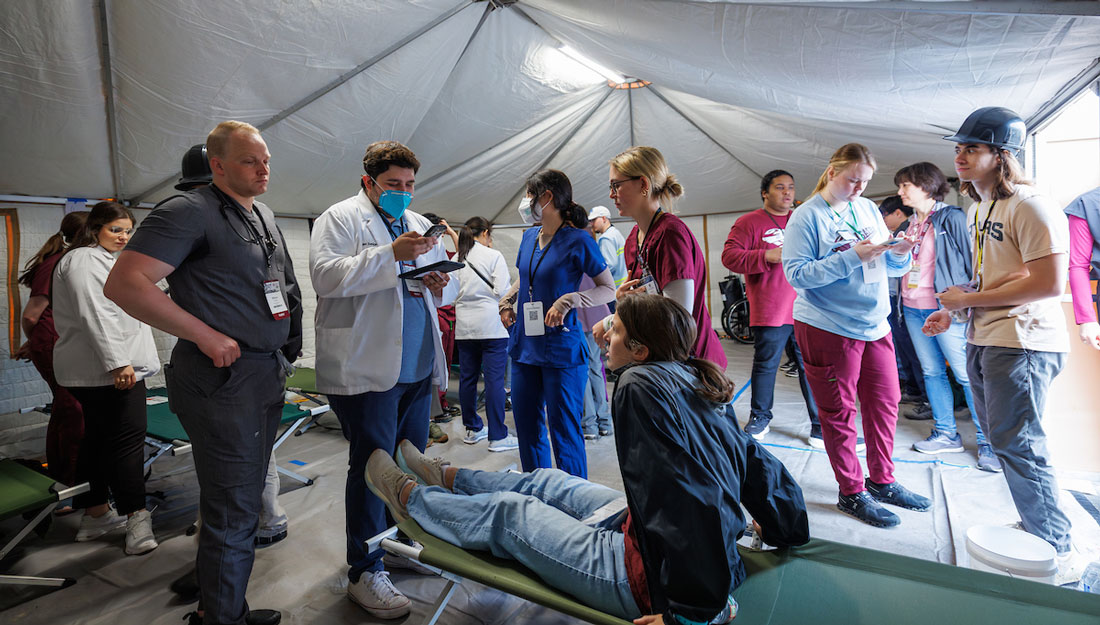Help with rising medication costs

Sandra Garcia’s phone rings in her office for the second time in 10 minutes. On the other end is yet another person who cannot afford next month’s supply of insulin, a life-saving medication for people living with diabetes. Rising medication costs have spurred alarm in Garcia’s clientele, but she confidently assures she will do all she can to help.
As manager of the Texas A&M Healthy South Texas Medication Assistance Program, Garcia has assisted hundreds of people with no or inadequate insurance obtain their prescription medications—including insulin—for free or almost free, despite rising prices caused by a number of recent changes in the pharmaceutical industry.
“We have seen more and more clients coming to us needing assistance with insulin,” Garcia said. “Most of them don’t have insurance, but even some insurance does not cover insulin, and we can help those individuals too.”
People who are considered underinsured have health benefits that do not adequately cover all of their medical expenses. For them, some prescriptions may be covered while others are not, or they might have high out-of-pocket expenses. Unfortunately, many people don’t discover they are underinsured until an emergency occurs or they are faced with a serious illness, like diabetes, that requires prescriptions that are not covered by their insurance.
The cost for insulin without insurance coverage can be $200 to $500 per month and higher, depending on the amount an individual needs to keep his or her diabetes under control. This can be devastating for those whose income lies below federal poverty thresholds, but, according to the American Diabetes Association, poverty and type 2 diabetes are tightly linked.
This is a serious issue in Texas since nearly 15 percent of Texans live below the poverty level (compared to 13.4 percent nationwide). The poorest county in the state, Brooks County, topples this average with more than 41 percent of residents there living below the poverty level. However, with help from the Medication Assistance Program, more than 150 of Brooks County’s 7,251 residents save about $900,000 a year combined on prescriptions. Since 2010, this has added up to a $3.5 million savings in medication costs for Brooks County.
All told, 4,673 people across the Healthy South Texas 27-county service area have saved more than $37 million in medication costs since 2015. And yet, thousands more still need help.
Community health workers with the program are able to get free and low-cost prescriptions for the people they serve by helping them complete lengthy and complex applications for pharmaceutical companies’ patient assistance programs. They also connect clients with a number of other resources available through retail pharmacies and indigent programs, connecting people to medications needed to manage not only diabetes, but also cardiovascular disease, respiratory conditions, mental health, chronic pain and most other chronic illnesses.
“Some of our clients have up to 15 different medications and have to alternate them on a monthly basis because they can’t afford to pay for all of them at once,” said Eslanda Trevino, a community health worker with the Medication Assistance Program in Brooks County. “But we are able to help most people get their medications for free.”
The Medication Assistance Program serves 27 counties in South Texas and can even help people from a distance through the mail. For more information or to schedule an appointment at a location near you, call 866-524-1408.
Media contact: media@tamu.edu


